Samsung Galaxy S9 vs Galaxy S7: Is it worth the extra money?
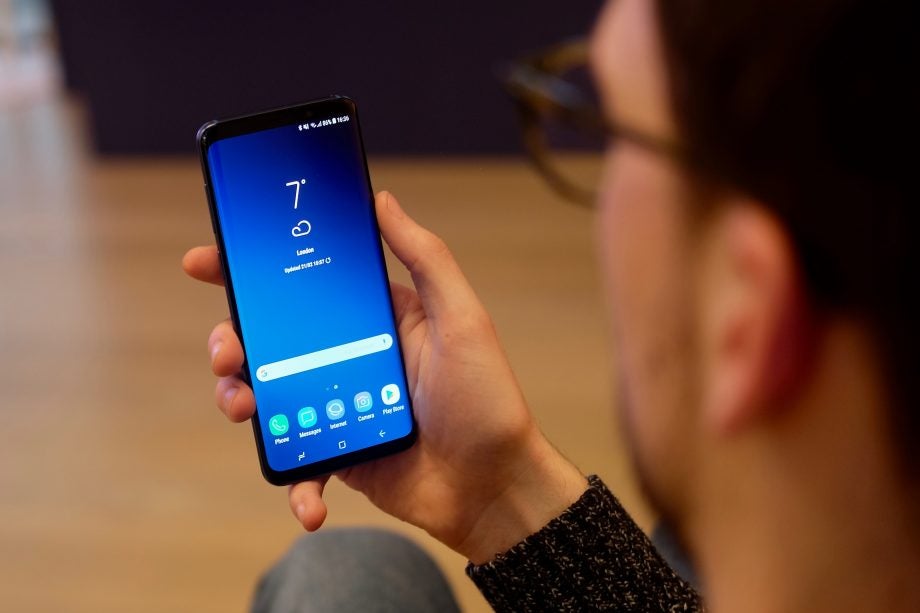
Galaxy S9 vs Galaxy S7: Is Samsung’s latest flagship worth your hard-earned cash?
The Galaxy S7 has turned two, at last affording those who took out a 24-month contract on the handset (the day it came out) the opportunity to select a worthy upgrade. Naturally, their attention will be drawn to the all-new Galaxy S9. But is Samsung’s latest flagship worth their hard-earned cash? Or should they stick with their ageing Galaxy S7 until something better comes along? Let’s find out.
Related: Amazon Prime Day 2019
Galaxy S9 vs Galaxy S7 Design: What’s the difference?
The Galaxy S9 is a massive step up from the Galaxy S7 from a cosmetic standpoint. The handset touts a number of exciting design features, some of which debuted on the Galaxy S8, that Galaxy S7 owners are bound to find refreshing, including a stunning edge-to-edge Infinity Display and a set of virtual navigation keys à la Google Pixel 2 – yes, the beloved physical Home button has been axed.
When looking at the Galaxy S7 and Galaxy S9 side by side, one thing quickly becomes apparent: Samsung’s latest handset is a lot more modern. It touts a 5.1-inch Super AMOLED (1440 x 2560) panel that’s flanked by massive top and bottom bezels. There’s also a significant amount of dead space to the left and right. You don’t, however, get any of that extra fluff with the flagship Galaxy S9.
Related: MWC 2018
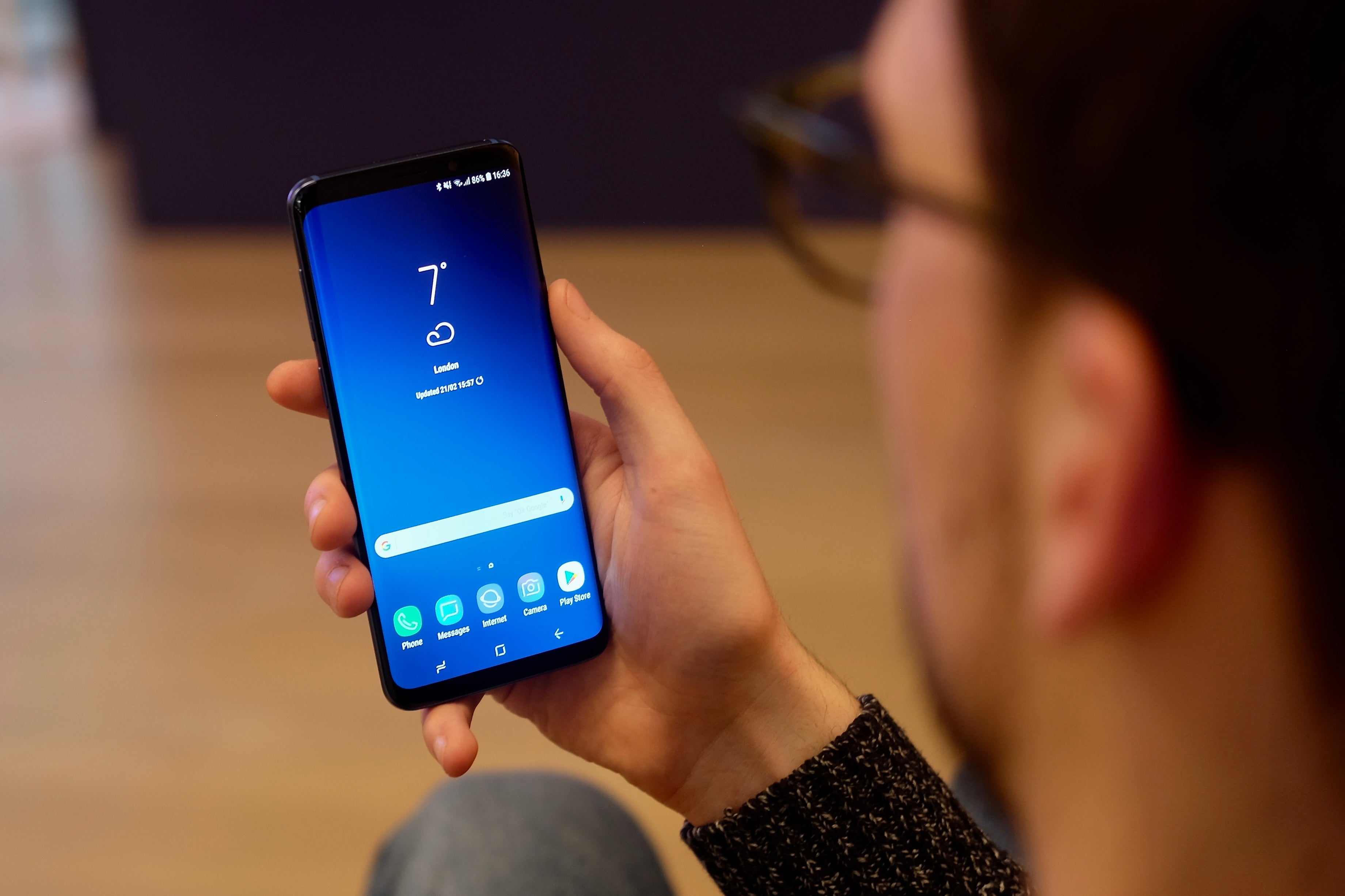
Galaxy S9
And that’s because it features Samsung’s trademark Infinity Display. In this case, it’s a 5.8-inch screen spanning the entire front of the device, thanks to the ultra-tall 18:9 aspect ratio, creating an immersive experience – save for a thin area at the top and bottom that’s used to house vital components, like the 8MP front-facing camera, iris scanner, standard speaker and cellular antenna.
- Galaxy S7 – 142.4 x 69.6 x 7.9 mm (152g)
- Galaxy S9 – 147.6 x 68.7 x 8.4 mm (163g)
Flip the Galaxy S9 over and you’re greeted by a revamped camera setup. There’s a 12MP sensor planted in the centre, with a fingerprint sensor nestled below it. They’re accompanied by an LED flash and a heart rate monitor, located on the right. The main difference here is that Samsung has moved the fingerprint reader from the front, where it’s found on the Galaxy S7, to the back.
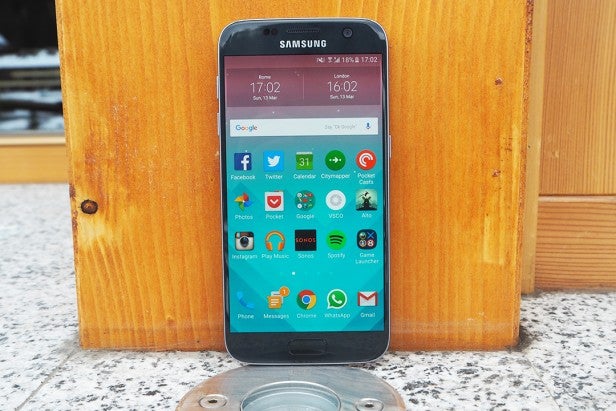
Galaxy S7
The rest isn’t too dissimilar from what we’ve seen in the past, though the Galaxy S9 does benefit from the addition of a Bixby key – a feature that debuted on the Galaxy S8, letting users access the firm’s digital assistant with the click of a button – and a USB-C port. Oh, and Samsung hasn’t done away with the favoured 3.5mm headphone jack. It’s on the bottom, where it’s always been.
Galaxy S9 vs Galaxy S7 Specs: Which is more powerful?
This shouldn’t come as too much of a surprise, but the Galaxy S9 is a lot faster than the Galaxy S7. Samsung’s latest flagship is armed with its state-of-the-art in-house Exynos 9810 CPU in Europe and Qualcomm’s brand new Snapdragon 845 CPU in North America. The Galaxy S7, on the other hand, harnesses its power from an outdated Exynos 8890 CPU in all regions.
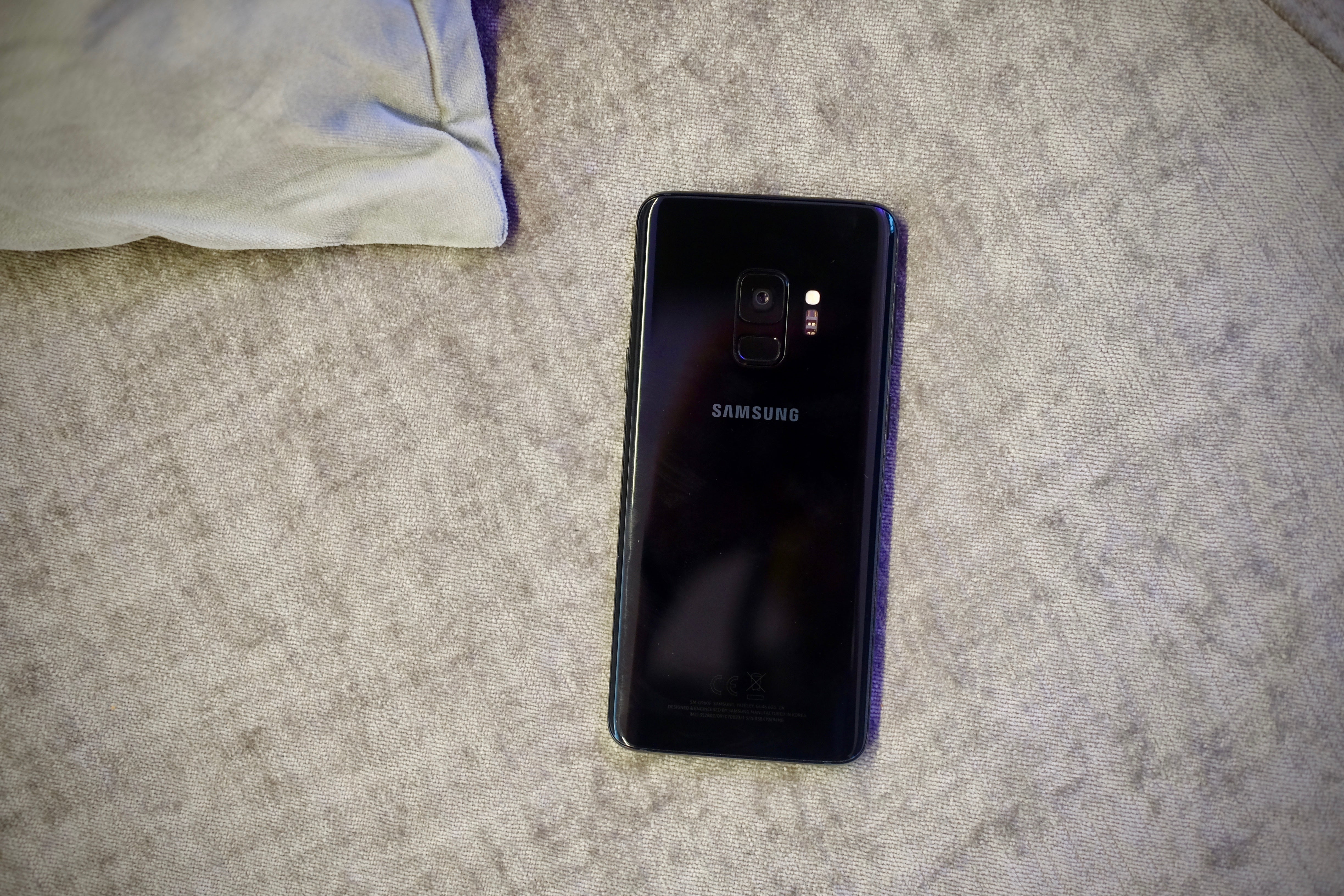
Galaxy S9
The Galaxy S9 has a 12MP rear camera that’s complete with a mechanical variable aperture, letting users switch between f/1.5 and f/2.5 at their will, so they can adjust the preset to capture fantastic shots no matter what environment they’re in. The Galaxy S7 is also equipped with a 12MP sensor, though it’s a lot more basic, offering a single aperture (f/1.7) that doesn’t fair well in low-light.
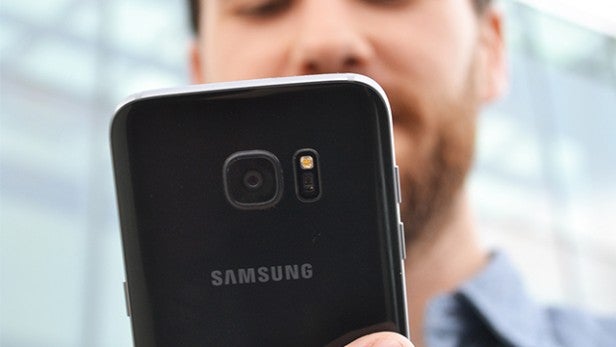
Galaxy S7
On the software front, the Galaxy S9 comes out on top. It ships running Android 8.0 Oreo and has a number of neat additional features, including AR Emoji – Samsung’s Animoji rival. The software itself is a lot more power-efficient than earlier builds and does a fantastic job of optimising performance under stress. The Galaxy S7, for comparison, is stuck on Android 7.0 Nougat.
Related: MWC 2018
Here’s a full breakdown of the internal differences between the Galaxy S7 and Galaxy S9.
| Galaxy S7 | Galaxy S9 | |
| Battery | 3000mAh | 3000mAh |
| Camera (Front) | 5MP (f/1.7) | 8MP (f/1.7) |
| Camera (Rear) | 12MP (f/1.7) | 12MP (f/1.5) or (f/2.4) |
| Display | 5.1-inch Super AMOLED (1440 x 2560) | 5.8-inch OLED Infinity Display (1440 x 2960) |
| Processor | Exynos 8890 Octa | Exynos 9810 Octa/Snapdragon 845 |
| Storage | 64GB (expandable via microSD) | 64GB/256GB (expandable via microSD) |
| RAM | 4GB | 4GB |
Galaxy S9 vs Galaxy S7: Price
Pricing for the Galaxy S9 starts at £739 for the standard 5.8-inch variant and £869 for the 6.2-inch Plus model. The Galaxy S7 is obviously a lot cheaper. The two-year-old handset can be picked up for a mere £379 outright from Amazon.
Galaxy S9 vs Galaxy S7 Summary: What’s the difference?
Design: The Galaxy S9 is the champ here with its modern edge-to-edge Infinity Display. The Galaxy S7 is stuck with Samsung’s antiquated thick bezel design. Both handsets, however, are IP67 rated, sport a glass build and have wireless charging.
Specs: Samsung’s latest smartphone is armed with its state-of-the-art Exynos 9810 CPU in Europe and Qualcomm’s latest Snapdragon 845 CPU in North America. Needless to say, it has a more powerful punch than the Galaxy S7, which comes with an Exynos 8890 CPU.
Price: The Galaxy S9 starts at £739 for the standard 5.8-inch variant and £869 for the 6.2-inch Plus model. The Galaxy S7, however, can be had for around £380.
Related: Best Samsung Galaxy S9 deals
Are you planning on upgrading to the Galaxy S9? Let us know over on Facebook or Twitter @TrustedReviews.

